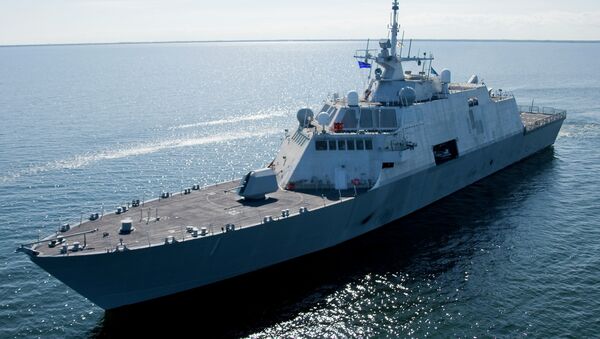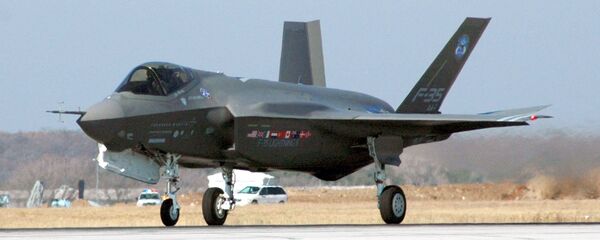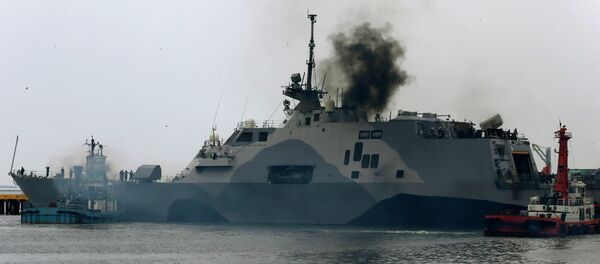“This undesirable cost performance shows the need for continued oversight” as “programs continue through the acquisition cycle,” the Government Accountability Office said in the draft of its annual report on weapons costs, which is scheduled for release this month.
Many of the programs that increased in cost did so by less than 5%, including a 1.3% increase for Lockheed Martin’s F-35 fighter, the most expensive US weapons system. The F-35 program’s “costs have risen over the past year without any change in quantity, meaning it is paying more for the same amount of capability,” the GAO said.
The biggest increase was 146 percent for the WIN-T Increment 2 tactical communications network, although that’s because the Army decided to buy 3,167 more units.
On top of paying more for some systems, the Pentagon will have to wait longer – more than 29 months on average – to get its hands on them, as the time to deliver initial combat capability for a system increased by more than a month.
The delivery of some programs will be delayed six months or more.
The Navy will wait more than two years – up from 11 months – for a high-altitude drone because of “issues with development and testing,” according to the GAO. But that’s practically speedy compared the delivery of the Remote Minehunting System for the Littoral Combat Ship, which slipped an additional six months, adding to a delay of more than seven years.
The total net cost for the 78 major weapons declined by $7.6 billion, to $1.44 trillion, due to about $34 billion in reduced costs for 31 of the programs. That didn’t placate the GAO, however, which said the price drop stemmed mostly from cutbacks in two systems, and “the overall cost decrease masks” negative trends.
The Pentagon saved about $8.9 billion by purchasing 32 Littoral Combat Ships instead of the 52 it had planned on buying. It also is buying fewer Increment 3 of the WIN-T tactical voice – a video and data network with fewer capabilities than its previous version – reducing those costs by $11.8 billion.
The Pentagon is entering the fifth year of its “Better Buying Power” campaign, which was introduced in 2010 by Ashton Carter, who was then the Pentagon’s chief weapons buyer. Five years later, Carter is now defense secretary, and asking Congress to increase the Pentagon’s weapons accounts by $20.4 billion, or 13 percent adjusted for inflation, over this year’s level.
“While real progress has been made” since 2010 toward acquisition reforms, “DoD still faces challenges” fully implementing them, the GAO said.





